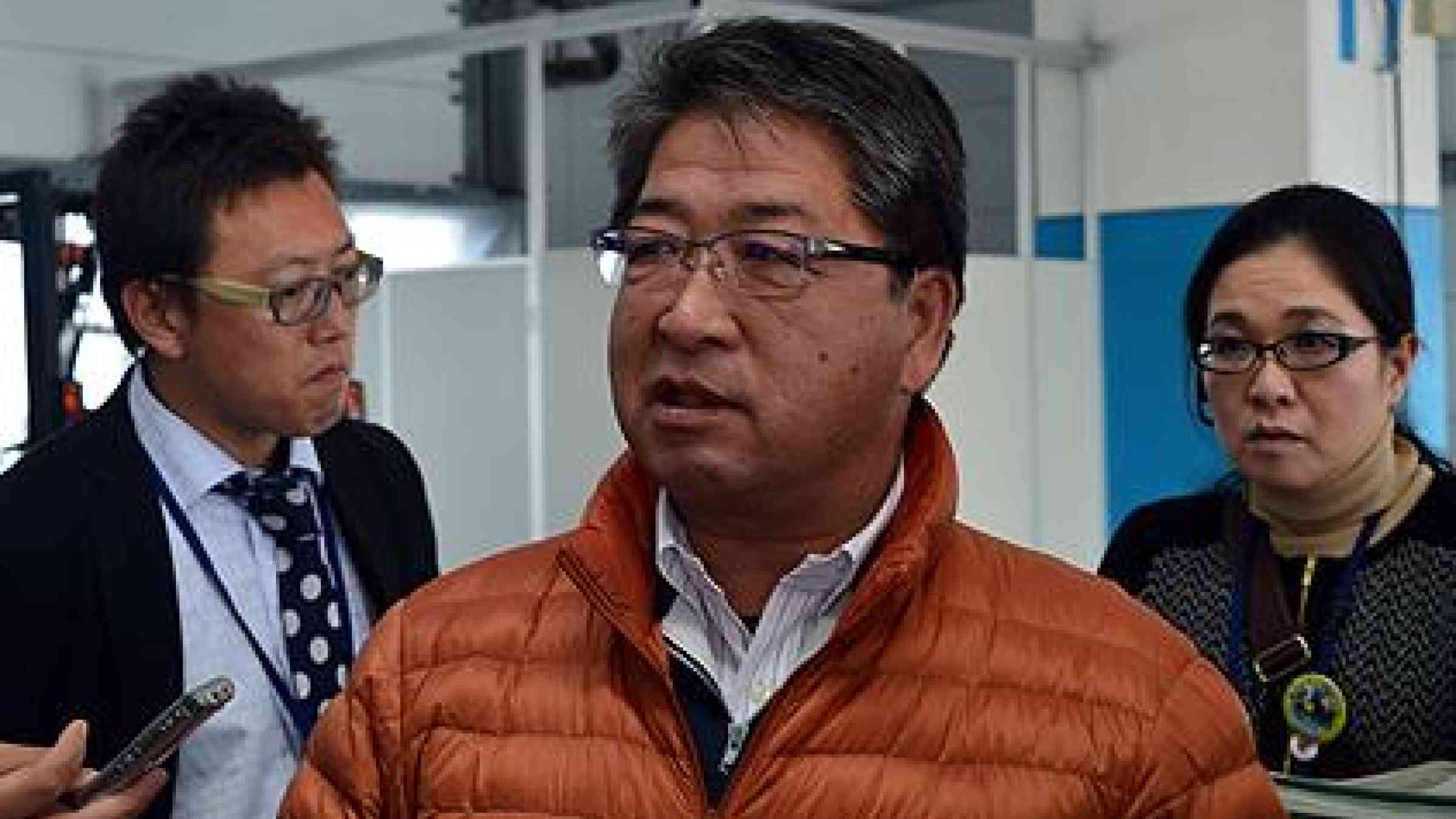Fukushima’s fish industry yet to recover

FUKUSHIMA, 31 March 2015 – The fishing industry along the eastern coast of Japan is still reeling from the twin earthquake and tsunami that rocked the region four years ago, demonstrating starkly how disasters can strain key economic sectors and test resilience.
Fukushima has become synonymous with the Great East Japan Earthquake and Tsunami of 11 March 2011. The 9.0-magnitude quake triggered a massive wave that pushed several kilometres inland, causing death and destruction.
The tsunami hit the Fukushima Daiichi nuclear power plant, on the east coast of the island of Honshu, about 200 kilometres northeast of Tokyo, and disabled the power supply. This affected the cooling of three reactors, causing high radioactive releases. Contaminated water leaked from the plant to the Pacific Ocean and into the fishing grounds.
“The number of people who are today willing to buy fish from Fukushima is very low,” said Mr. Kazunori Endo, director general of the local Soma Sousou Fishermen’s Cooperative.
The fishing industry there is operating at less than 10% of its capacity, he told participants in a study tour organized for delegates at the World Conference on Disaster Risk Reduction in the Japanese city of Sendai, 80 kilometres north of Fukushima.
Sendai was also hit hard by the 2011 disaster. The 14-18 March World Conference provided a key opportunity to showcase Japan’s recovery efforts and the hazard-prone country’s commitment to build back better.
Two months after the Fukushima accident, the World Health Organization reported: “Some seafood in the direct vicinity of the nuclear power plant has been found to be contaminated at levels above the regulatory limits set by the Japanese Government.”
Fish were found to be contaminated with radioactive materials including iodine and caesium.
Radioactive iodine decays naturally within weeks but caesium can stay in the environment for many years, noted WHO. Exposure to radiation from radioactive caesium can result in an increased risk of cancer.
The findings of a 2013 WHO assessment report were more reassuring: “Outside of the geographical areas most affected by radiation, even in locations within Fukushima prefecture, the predicted risks remain low and no observable increases in cancer above natural variation in baseline rates are anticipated.”
But public concerns around the safety of seafood from Fukushima remain.
To revive the fishing industry, the Fukushima Prefecture and the Fukushima Fishery Cooperatives introduced tests for radioactive elements in marine produce.
“The idea is to test the produce to guarantee the public that Fukushima fish is safe to eat and sell. We have to do our best to prove to people that [the fish] are safe,” said Mr. Endo. Inspection results are announced weekly and published online and in newspapers.
As of 25 February 2015, the Japanese Government continued its shipping restriction orders on 32 marine fishery species found to be contaminated with caesium levels above the regulatory limit of 100 Becquerels (Bq) /kg. A Becquerel is a measure of radioactivity – one Bq represents a rate of radioactive decay equal to one disintegration per second.)
As contamination levels continue to drop with time, however, the Fukushima Fishery Cooperatives are optimistic that the ban will be lifted.
But wooing back consumers will be a challenge. “A major concern is that when we resume full-scale fishing, there may not be people who are willing to buy our fish,” said Mr. Endo.